Spiders may be tiny, but some carry enough venom to cause serious harm—or even death—in humans. From paralysis-inducing bites to excruciating pain, these arachnids are armed with toxins designed to immobilize prey but can devastate an unsuspecting person. Their venom can affect the nervous system, tissues, and even internal organs, leaving lasting damage or—without quick treatment—fatal consequences. Here’s a countdown of 15 spiders whose bites pack the deadliest punch.
1. Brazilian Wandering Spider
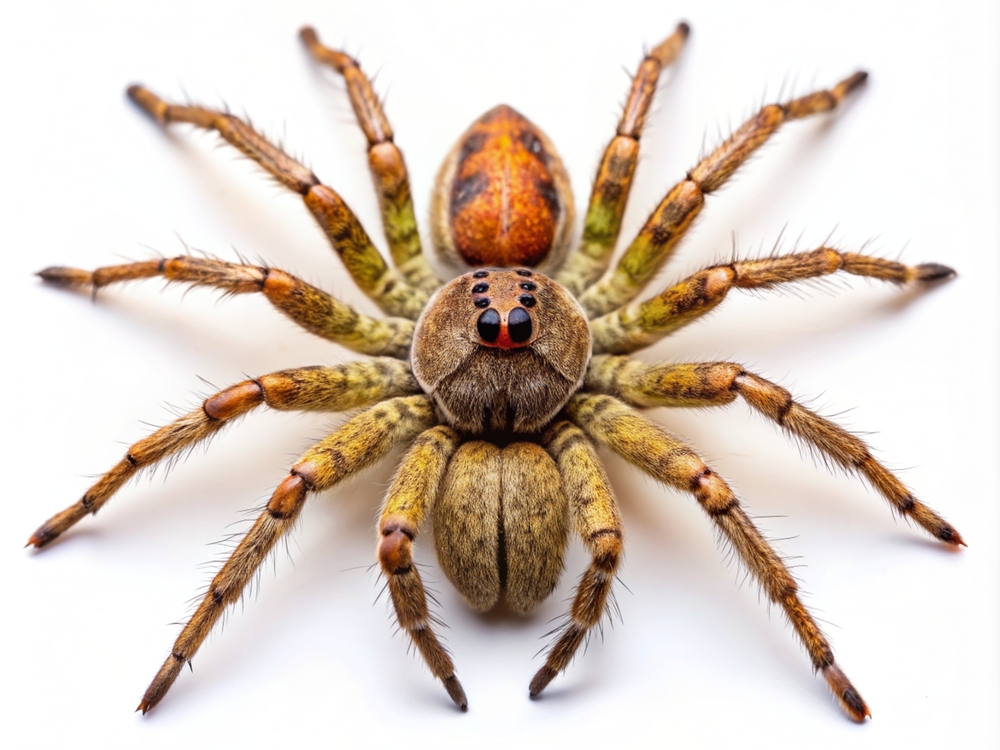
Known as one of the world’s most dangerous spiders, the Brazilian Wandering Spider’s venom is packed with neurotoxins so potent they can cause paralysis within minutes. Victims report symptoms ranging from severe pain and muscle spasms to loss of motor control and respiratory distress. Found in South and Central America, it’s an aggressive hunter that doesn’t build webs—it roams at night, ready to strike if disturbed.
According to a 2019 study published in Toxicon, its venom contains a compound called PhTx3, which can interfere with nerve signal transmission and lead to cardiac complications if untreated. Researchers note that the spider’s aggressive behavior combined with its potent venom makes it a “high-risk species” for accidental human encounters. Thankfully, rapid administration of antivenom and respiratory support can prevent fatalities, but the encounter is unforgettable.
2. Sydney Funnel-Web Spider
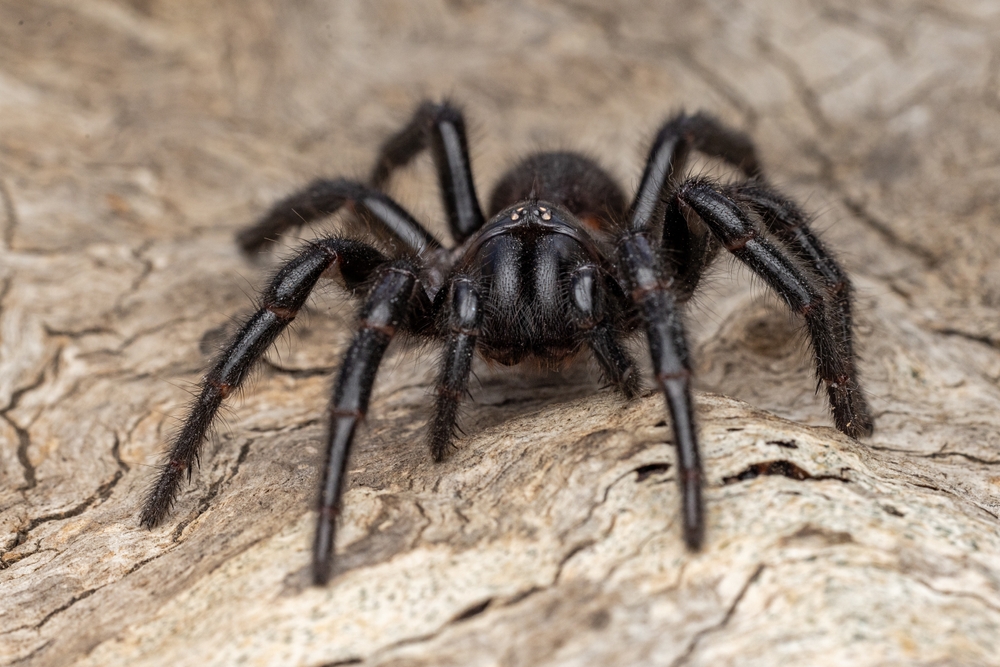
This Australian native has a reputation for being both fast and ferocious. The Sydney Funnel-Web Spider’s venom attacks the nervous system, causing convulsions, nausea, and potentially fatal respiratory failure. Its aggressive nature means it will stand its ground rather than flee, often delivering multiple bites in rapid succession.
Fortunately, modern medicine has significantly reduced its fatality rate. Since the introduction of an antivenom in 1981, there have been zero confirmed deaths from this species in Australia. Still, locals know to tread carefully—especially around moist logs or garden beds, where these spiders often take refuge.
3. Black Widow Spider
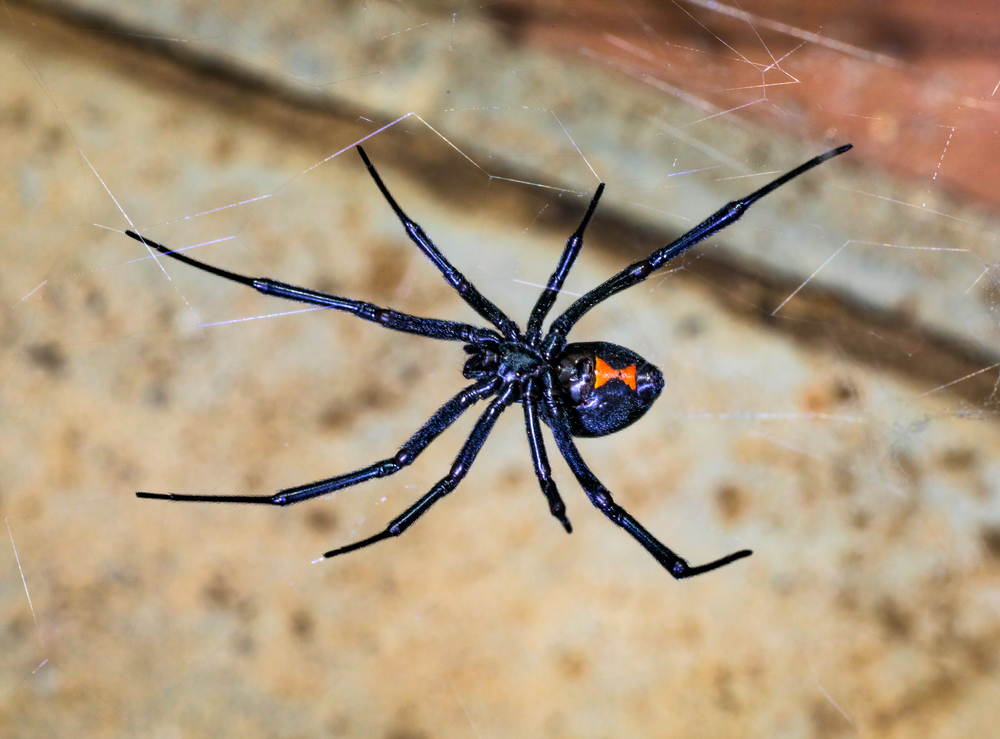
The Black Widow is infamous for its shiny black body and signature red hourglass marking. Its venom is 15 times stronger than a rattlesnake’s and causes severe muscle pain, cramps, and difficulty breathing. Victims often describe the pain as radiating through the body, sometimes lasting for days.
According to the Centers for Disease Control and Prevention (CDC), around 2,500 Black Widow bites are reported annually in the U.S., though fatalities are extremely rare thanks to effective antivenom. Experts at the American Association of Poison Control Centers emphasize that while the bite is rarely lethal, it’s excruciating and can be dangerous for children, the elderly, and those with heart conditions. Quick medical care can mean the difference between agony and relief.
4. Brown Recluse Spider
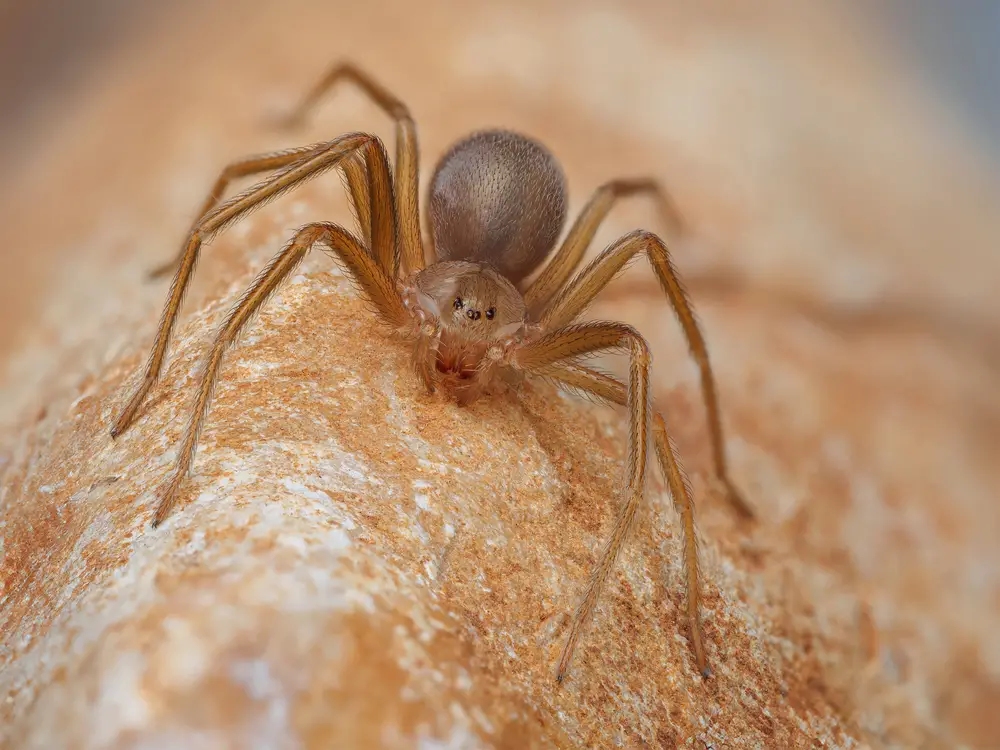
The Brown Recluse might be small, but its venom packs a terrifying punch. It contains enzymes that destroy tissue, leading to necrotic wounds that can take weeks—or even months—to heal. Victims often report fever, chills, and nausea as the venom spreads through the bloodstream.
Found primarily in the southern and midwestern United States, it’s a shy spider that prefers hiding in shoes, basements, and dark corners. While deaths are extremely rare, untreated bites can lead to permanent scarring or secondary infections. It’s a spider that reminds us that danger often hides in plain sight.
5. Redback Spider
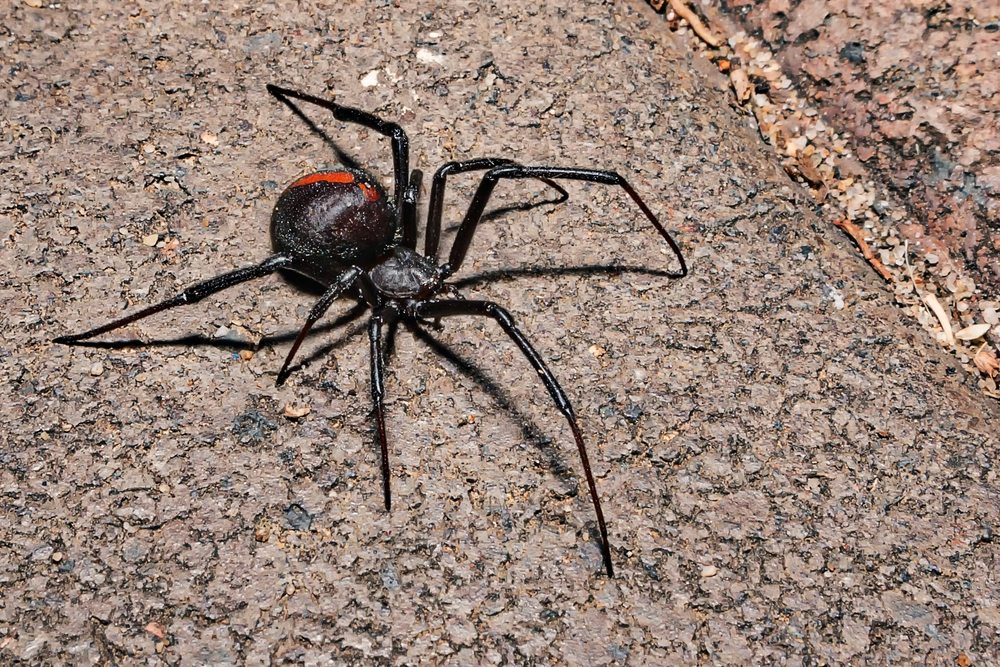
Closely related to the Black Widow, Australia’s Redback Spider delivers a venom that can cause hours of crippling pain. Victims report nausea, sweating, and abdominal cramps so severe they can mimic appendicitis. It’s a species that thrives in urban areas, making accidental encounters relatively common in Australian backyards and sheds.
A report from the Medical Journal of Australia notes that Redback bites account for over 2,000 medical cases a year. Its venom contains a neurotoxin that overstimulates the body’s nerve endings, leading to pain, hypertension, and muscle rigidity. Antivenom has been available since the 1950s, drastically reducing fatalities, but bites remain an excruciating ordeal.
6. Six-Eyed Sand Spider
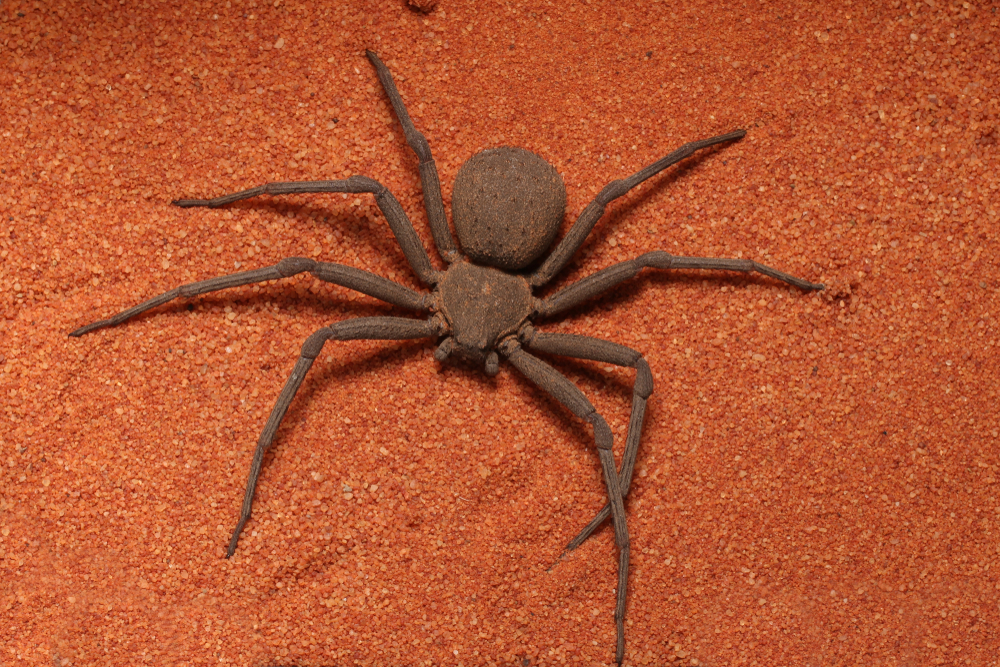
Hidden beneath the dunes of Africa’s deserts, the Six-Eyed Sand Spider is the definition of deadly subtlety. It uses camouflage to ambush prey, delivering a venom that destroys tissue and blood cells. Victims experience severe necrosis, internal bleeding, and, if untreated, death.
Though bites to humans are rare, its venom is believed to be among the most lethal of all spiders. Researchers have yet to develop an antivenom, and laboratory tests show the venom’s cytotoxic compounds can kill rabbits within hours. Thankfully, its reclusive nature means encounters are few and far between.
7. Chilean Recluse Spider
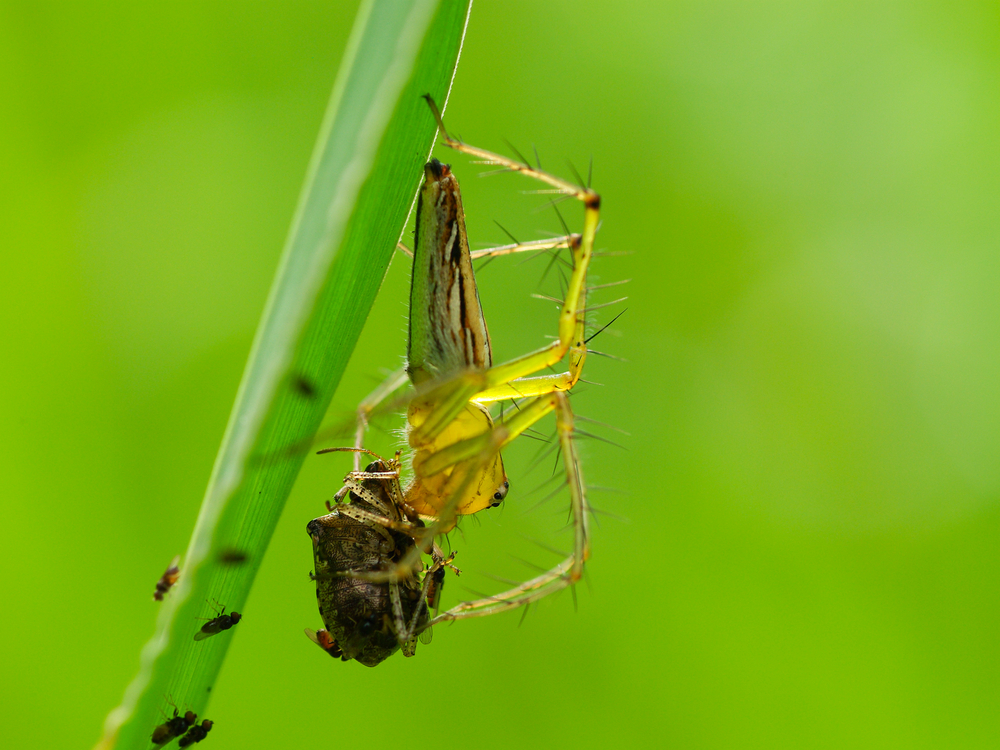
The Chilean Recluse is one of South America’s most feared spiders. Its venom causes extensive tissue death and, in severe cases, kidney failure or hemolysis (the destruction of red blood cells). Symptoms start with itching or mild pain but can escalate to large, ulcerating wounds and systemic illness within 24 hours.
According to a study in the Journal of Medical Entomology, the Chilean Recluse’s venom contains sphingomyelinase D, an enzyme responsible for severe necrotic damage and systemic toxicity. The World Health Organization classifies this spider as one of the most dangerous in the world due to its wide distribution and potency. Medical intervention is critical, but recovery can take weeks or months.
8. Mouse Spider
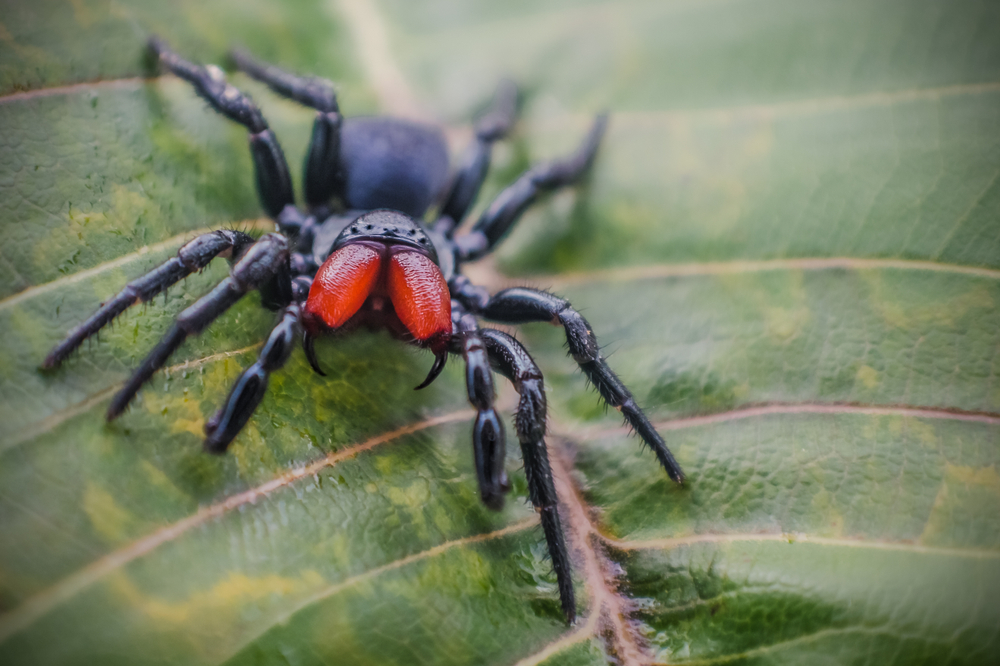
The Mouse Spider might sound harmless, but its venom is as powerful as the Sydney Funnel-Web’s. Known for its glossy body and large fangs, this spider delivers a bite that can cause muscle spasms, confusion, and extreme pain. Thankfully, it’s not aggressive and rarely bites humans unless provoked.
Experts warn that because the Mouse Spider’s venom is so potent, anyone bitten should seek medical attention immediately. Antivenom for the Funnel-Web works effectively on Mouse Spider bites too, giving doctors a head start on treatment. It’s a rare but serious threat in the Australian bush.
9. Chinese Bird Spider
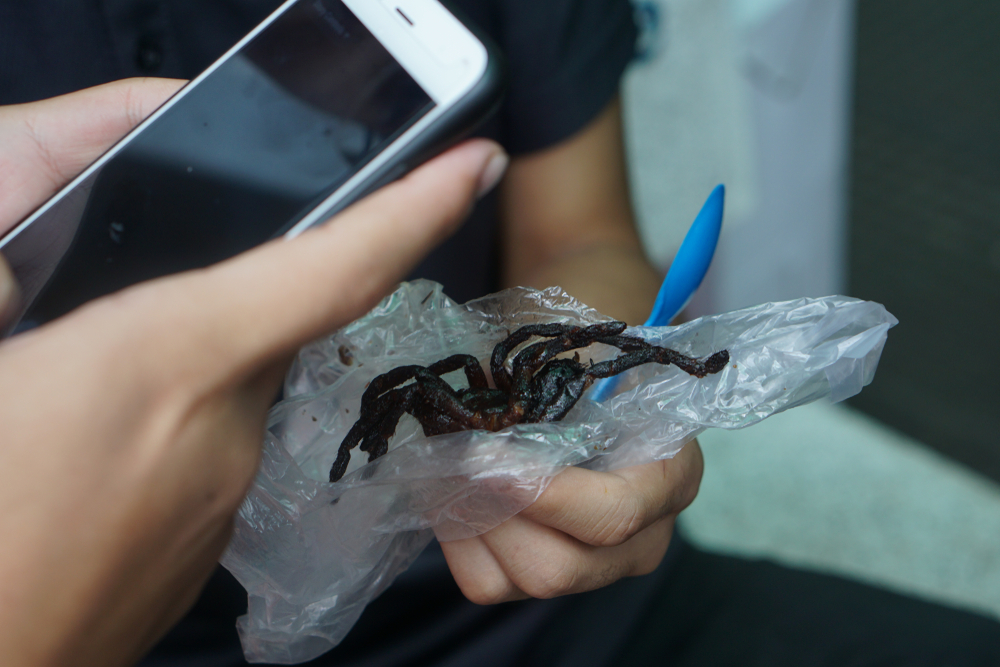
This massive tarantula from China looks like something out of a horror film—and its venom acts like it too. A bite can cause sharp pain, severe muscle contractions, and in rare cases, neurological symptoms like tremors and paralysis. Though fatalities are uncommon, its size and aggression make encounters terrifying.
Scientists are studying the Chinese Bird Spider’s venom for potential medical use, as its neurotoxins could help develop painkillers and treatments for muscular disorders. Until then, it remains a spider best admired from afar.
10. Yellow Sac Spider
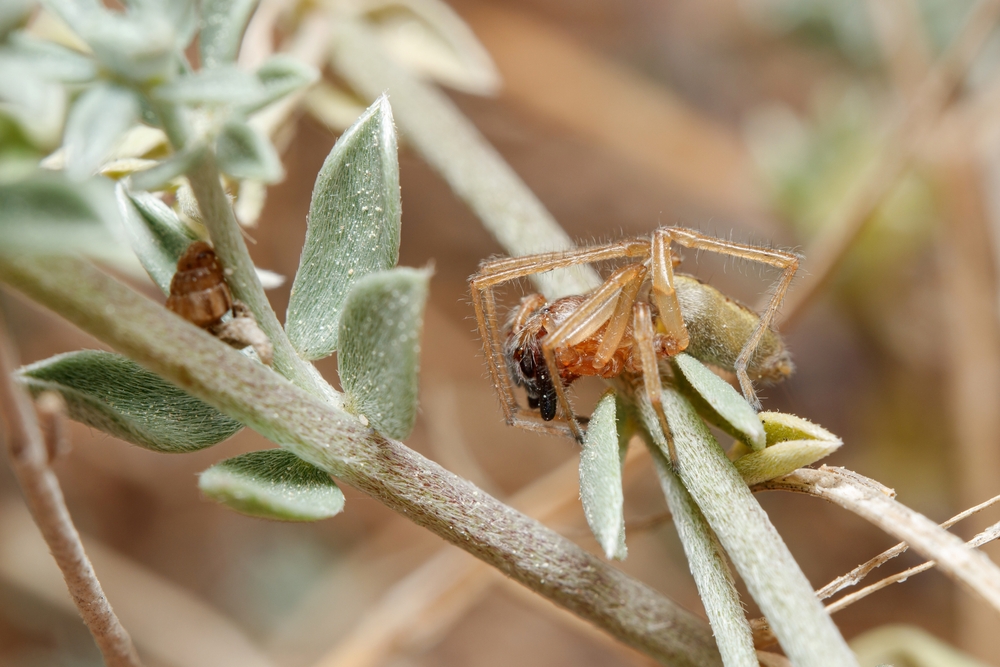
Small but mighty, the Yellow Sac Spider has a venomous bite that causes burning pain and skin necrosis. These spiders are common in homes, hiding behind curtains or furniture and biting when disturbed. Victims often mistake the bite for a mild rash until it worsens over time.
Though rarely fatal, the bite can cause weeks of discomfort and swelling. Dermatologists often misdiagnose Yellow Sac bites as bacterial infections due to their slow healing. Prevention is simple: check dark corners and wear gloves when cleaning or moving stored items.
11. Northern Tree Funnel-Web Spider
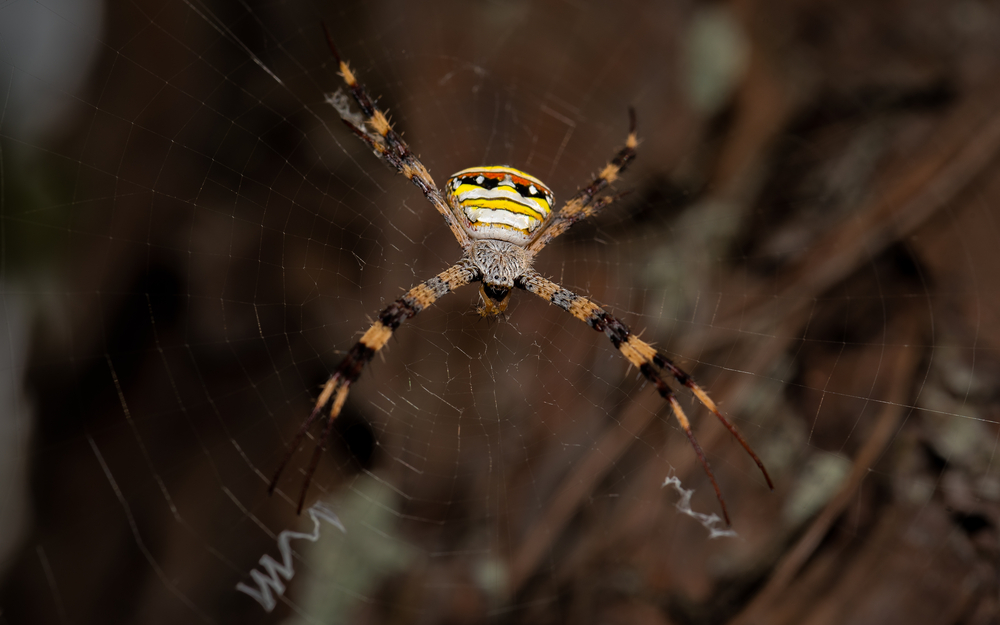
Native to Australia, the Northern Tree Funnel-Web Spider is a close relative of the infamous Sydney Funnel-Web—and equally terrifying. Its venom contains a powerful neurotoxin that can cause muscle spasms, difficulty breathing, and, in rare cases, cardiac arrest. Found primarily in Queensland’s rainforests, this spider prefers climbing trees and hiding in moist bark crevices, waiting for prey—or an unsuspecting hiker—to cross its path. Though not naturally aggressive, it will defend itself fiercely when threatened, and its large fangs can easily puncture human skin.
According to the Australian Museum, the venom of this spider can kill a human within 15 minutes if untreated. Thankfully, the same antivenom used for the Sydney Funnel-Web works for the Northern species as well, drastically reducing fatalities. Experts recommend exercising caution in dense forested areas, especially after rainfall when these spiders are most active. It’s a vivid reminder that in Australia’s wilderness, danger often hides in the canopy above, not just on the ground.
12. Mediterranean Black Widow
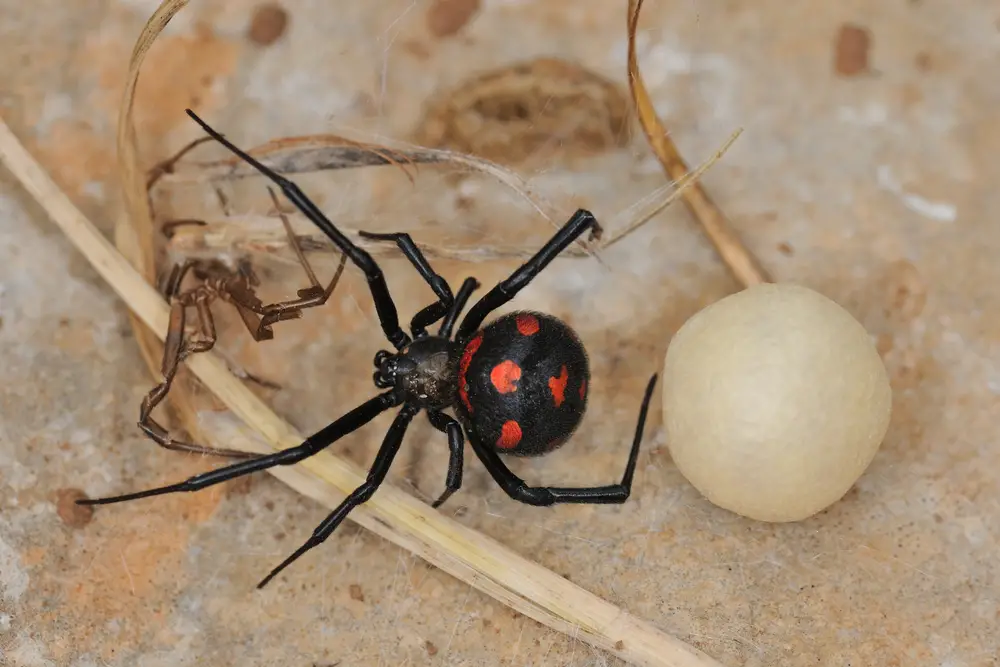
A cousin of the American Black Widow, the Mediterranean Black Widow is equally venomous and arguably more unpredictable. Found throughout Southern Europe, North Africa, and parts of the Middle East, its bite causes immediate sharp pain, followed by muscle rigidity, abdominal cramps, and nausea. Victims sometimes experience what’s known as “latrodectism”—a syndrome characterized by severe muscle spasms and restlessness caused by the spider’s neurotoxin. Although fatalities are rare thanks to modern medical care, the symptoms can be excruciating and last for days.
The Mediterranean Black Widow prefers warm, dry areas like fields, sheds, and stone walls, where it builds tangled webs to trap prey. Experts from The European Journal of Toxicology have documented that older adults and young children are particularly vulnerable to complications from bites. Its venom acts on the nervous system, forcing an over-release of neurotransmitters, leading to prolonged pain and sweating. While not as feared as its American counterpart, it remains one of Europe’s most dangerous arachnids.
13. Wolf Spider
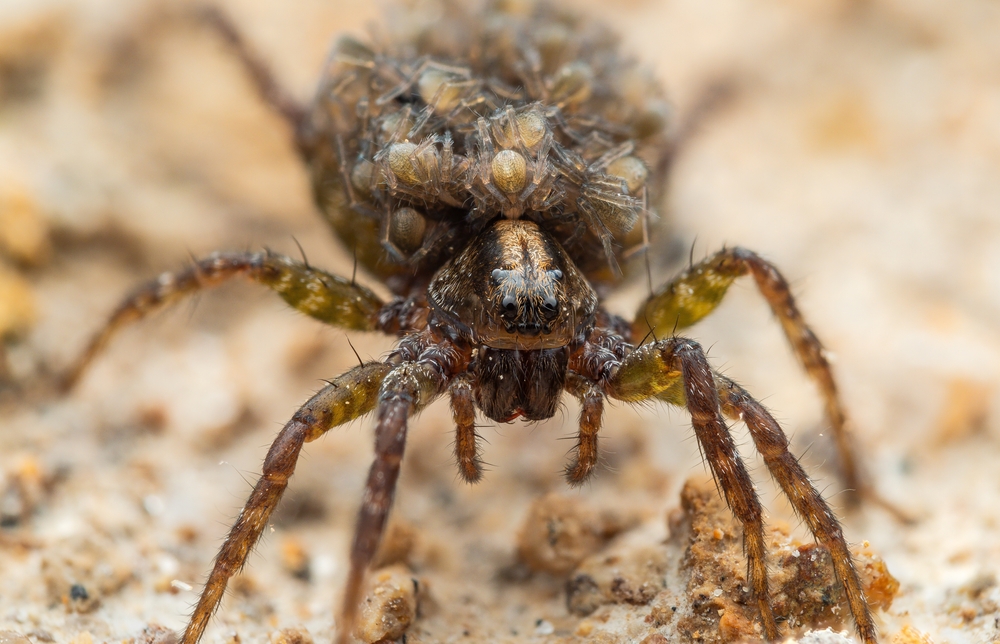
The Wolf Spider may not be as deadly as others on this list, but it still delivers a painful bite that can cause swelling, itching, and in rare cases, tissue necrosis. These hunters don’t rely on webs—they chase down prey with startling speed and precision. Their large size and furry appearance often terrify people, even though most encounters result in mild symptoms. However, individuals allergic to spider venom may experience severe reactions, including dizziness or difficulty breathing.
Common across North America, Europe, and Asia, Wolf Spiders are found in gardens, woodlands, and even homes. They’re nocturnal, solitary creatures that use their keen eyesight to ambush insects and small invertebrates. While their venom isn’t lethal, secondary infections from untreated bites can lead to serious complications. Despite their fearsome appearance, Wolf Spiders play a vital role in controlling pest populations—and generally prefer fleeing over fighting.
14. African Button Spider
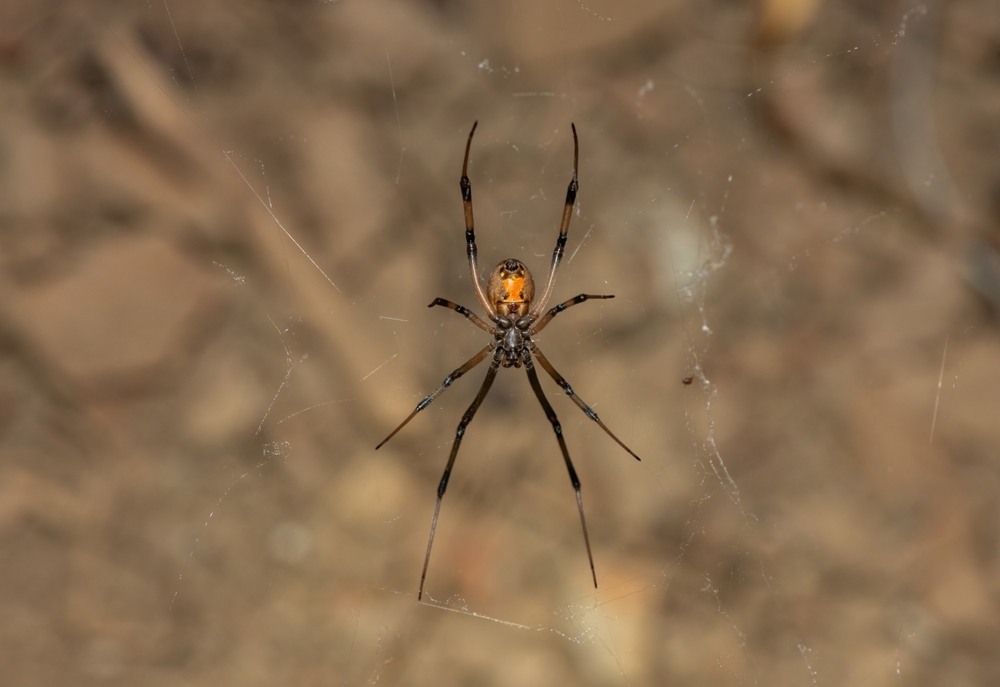
Found throughout sub-Saharan Africa, the African Button Spider is a member of the widow spider family, known for its dangerously potent neurotoxin. Its bite can cause severe pain, muscle cramps, excessive sweating, and vomiting within minutes. Victims have described a burning sensation spreading through the limbs, followed by tremors and exhaustion. While fatalities are rare, the experience can be traumatic and requires immediate medical care.
According to South Africa’s National Institute for Communicable Diseases, there are six known species of Button Spider in the region, with the black and brown variants being the most venomous. Their venom is chemically similar to that of the Black Widow, and antivenom is essential for severe envenomations. These spiders are often found in gardens, garages, and outdoor furniture, making human encounters fairly common. Despite their deadly reputation, they only bite when cornered or provoked.
15. Hobo Spider
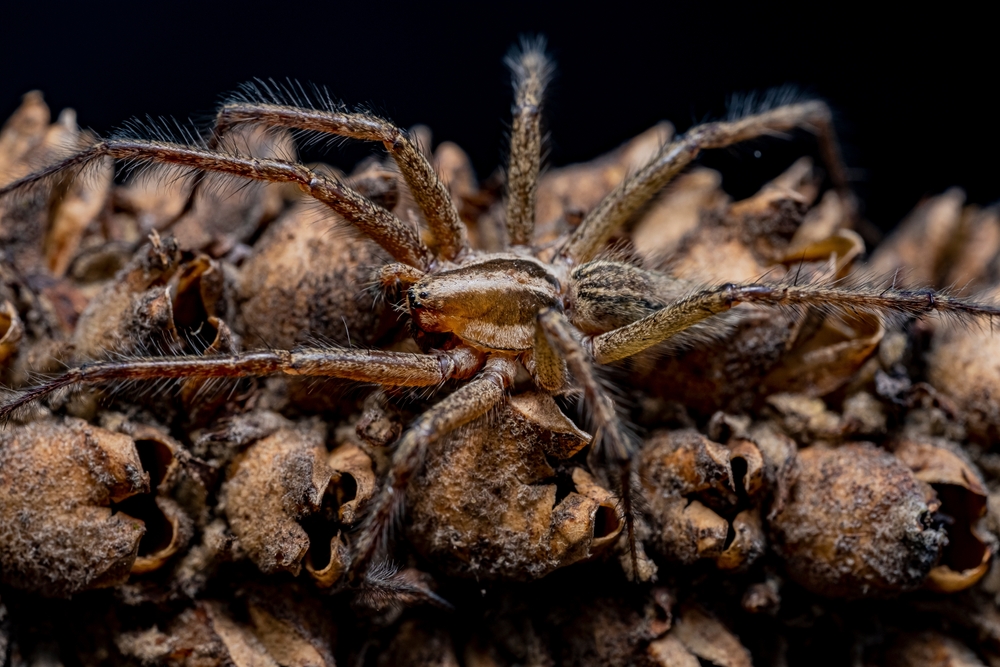
Native to Europe but now widespread in the northwestern United States, the Hobo Spider has long been the subject of debate among arachnologists. Once believed to cause necrotic lesions similar to the Brown Recluse, more recent studies suggest its bite is less severe than once thought. However, it can still cause pain, redness, and blistering that lasts several days. Victims sometimes experience headaches, nausea, or fatigue, though fatalities are virtually nonexistent.
Research from the University of Washington helped dispel myths about the spider’s supposed “flesh-eating” reputation, noting that many reported necrotic cases were likely misdiagnosed bacterial infections. Despite its downgraded danger level, it remains a spider to treat with respect. It’s fast-moving, defensive, and prefers dark, cluttered spaces like basements or woodpiles. In short, the Hobo Spider isn’t the killer it was once made out to be—but it’s still one you don’t want crawling up your leg.
